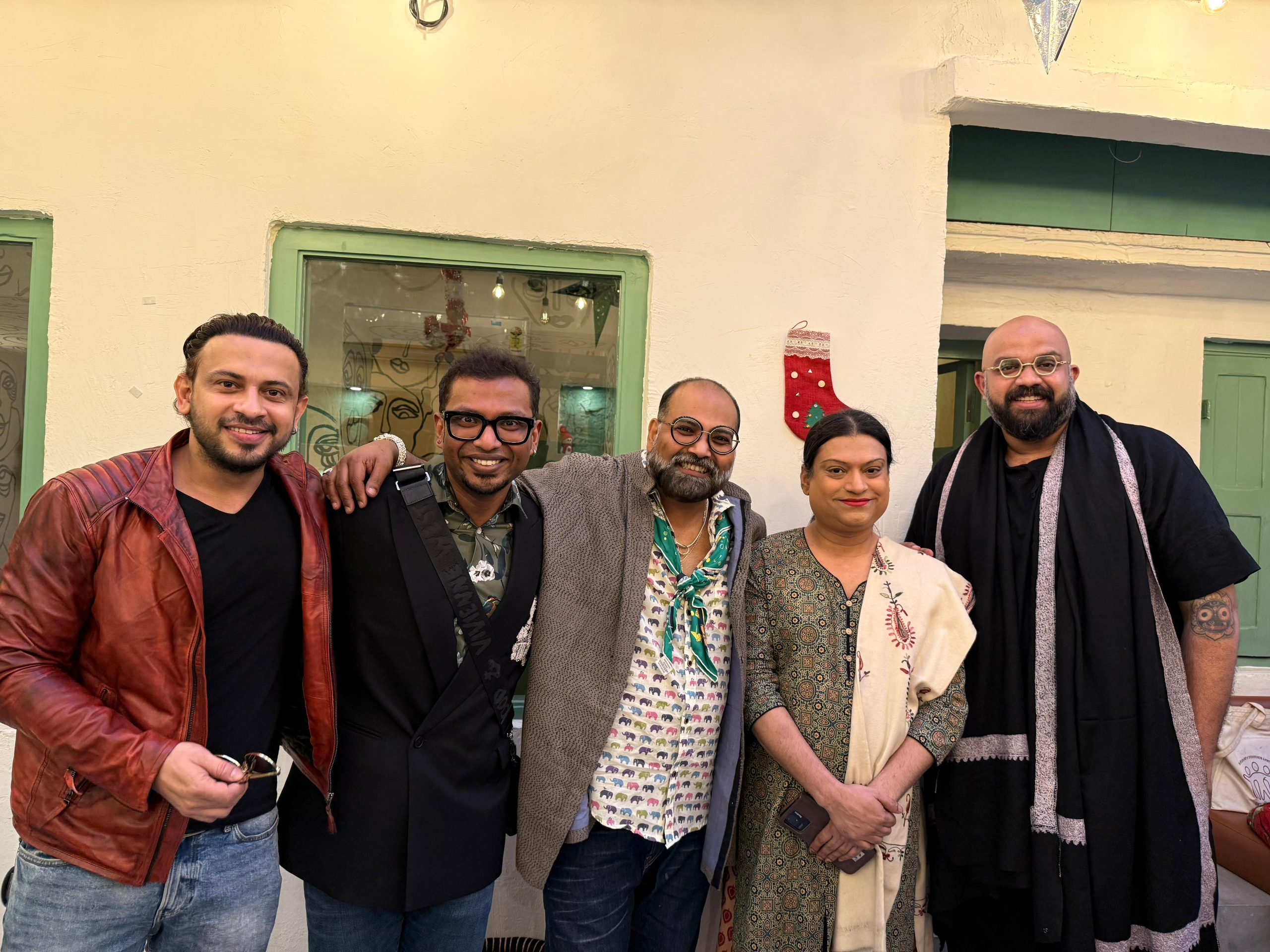On June 13, 2017, an article by CBC reported that delegates from 189 countries, a part of a specialised committee within the World Intellectual Property Organization (WIPO), have been working on and called on the UN to criminalise the cultural appropriation of indigenous peoples all over the world. Though the special committee has been asking for sanctions since 2001, this year the delegates are meeting to discuss the issue.
James Anaya, the Dean of University of Colorado, told the committee that the UN legislation should ‘obligate states to create effective criminal and civil enforcement procedures to recognise and prevent the non-consensual taking and illegitimate possession, sale and export of traditional cultural expressions.‘
Cultural appropriation, also called cultural misappropriation, is broadly defined by Susan Scafidi, a law professor at Fordham University and author of Who Owns Culture? Appropriation and Authenticity in American Law as such:
‘Taking intellectual property, traditional knowledge, cultural expressions, or artefacts from someone else’s culture without permission. This can include unauthorized use of another culture’s dance, dress, music, language, folklore, cuisine, traditional medicine, religious symbols, etc. It’s most likely to be harmful when the source community is a minority group that has been oppressed or exploited in other ways or when the object of appropriation is particularly sensitive, e.g. sacred objects.’
Cultural appropriation has always been a disputed topic all over the world, and this legislation has made it even more so. The issue regularly comes up in the media, especially with relation to the pop culture. There are various views over where to draw the line between cultural appreciation and its appropriation, with the debate being far from over.
As cultural misappropriation is usually done by the dominant community, it involves the politics of privilege and power.
An article by The Spectator, for instance, claims that people rallying against cultural appropriation are actually supporters of ‘cultural purity’ that aims at segregation. While this Daily Chronicle piece criticises the UN regulation on the grounds that cultural appropriation is an inevitable and everyday occurrence as different cultures have always been coming in contact with each other. However, the other side argues that cultural appropriation is a bigger phenomena than just cross-cultural exchanges.
As misappropriation is done, more often than not, by the dominant community, it also involves the politics of privilege and power. While the culturally or historically marginalised communities face discrimination for their cultural practices and other indicators, the dominant communities freely exploit these very aspects by appropriating them. Using them for economic purposes and mainstreaming their certain aspects is exploitative and facilitates stereotypes, which in turn reinforces the power dynamics of the many social stratifications.
Moreover, using cultural markers, like accessories or clothes, of an alien culture without a proper knowing their importance results in their decontextualisation from their original meanings. This phenomenon can also be seen increasingly in music, film and fashion industries.

Kendall Jenner wearing a nose ring. [Source: pinterest.com]
An article in Everyday Feminism criticises the mainstreaming of yoga from an ancient Indian practice into a multi-billion dollar industry which is more about figure hugging yoga pants than health. Rather than being an assimilating or cross-cultural exchange it is a selective appropriation, which is both exploitative and ignorant. Moreover, while South Asians are ridiculed for wearing their cultural markers like bindi, its appropriation by celebrities makes it mainstream and cool. As mentioned earlier, this not only reinforces stereotypes, but the cultural markers also lose their significance and become a commodity to be sold. Furthermore, the cultural aspects also intersect with the identity and alienation issues that migrant minority communities face, adding to their troubles.

Selena Gomez performing at a concert. [Source: http://www.totalbeauty.com]

Vanessa Hudgens at Coachella. [Source: pinterest.com]
intention is the primary factor of discerning whether there has been cultural appropriation .
Closer to home, this article by Feminism in India cites the example of cultural appropriation within India as interlinked to racism and obsession with fairness inherent in the society. Hiring non-Indian, fair looking artists, to advertise products for the Indian market, in this case Amy Jackson for Indian bridal wear, is a regular occurrence. But is also appropriation and discrimination when the average Indian woman feels alienated.

Amy Jackson in Indian bridal wear. [Source: rebloggy.com]
One of the most famous (and controversial) examples of misappropriation, however, was cited in the Coldplay’s video of Hymn for the Weekend. An article in Medium claimed that Beyonce’s costume, the use of Holi colors and the priests in saffron colored clothes all portrayed a misinformed, but oft cited through other media as well, idea of a mystical India. The video was also criticized for facilitating stereotypes of Indian culture.
A Time article, however, mentions that while white people wearing bindi and doing yoga without regard for Indian culture is problematic, Beyonce’s performance in the video is not. The argument is based on the premise that since Bollywood has many non-Indian artists who wear Indian clothes, Beyonce wearing the saree and maang tikka is perfectly acceptable. Moreover, claiming it to be so is in fact a racist attack at Beyonce.
 I’m totally for solidarity among women of colour, and South Asians are guilty of anti-black racism. Indeed, according to this piece in Medium, South Asians have accused East Africans of appropriating their culture numerous times. There is also a denial among South Asians of having a shared history and therefore, similar cultural features, showing the prevalent ignorant and racist attitudes of South Asian society.
I’m totally for solidarity among women of colour, and South Asians are guilty of anti-black racism. Indeed, according to this piece in Medium, South Asians have accused East Africans of appropriating their culture numerous times. There is also a denial among South Asians of having a shared history and therefore, similar cultural features, showing the prevalent ignorant and racist attitudes of South Asian society.
Also read: Violence In Noida: We Are A Nation That Hates Black People
However, as the article in i-D suggests, the Coldplay video is a case of using an alien culture’s heritage for one’s benefit and facilitating cultural stereotypes, both of which are offensive. It also alienates the people belonging to that culture.
while South Asians are ridiculed for wearing a bindi, its appropriation by celebrities makes it mainstream and cool.
While the perception of appropriation may differ for people, the discrimination and alienation faced by marginalised cultures as well as mockery and caricaturing of a community’s cultural features should be checked.
Author’s note: While I tried to look for instances of appropriation of marginalised cultures within Indian society, due to lack of evidence I was unable to do so.
Featured Image Credit: gossiponthis.com
About the author(s)
Himanshi is pursuing Masters in History and hopes to be a historian one day. She loves to read books, and even more to collect them. In her free time, she likes to explore historical haunts. Also, she is a foodie and spaghetti makes her heart race.





Nice piece with relevant points, but one question.
//Beyonce’s performance in the video is not. The argument is based on the premise that since Bollywood has many non-Indian artists who wear Indian clothes, Beyonce wearing the saree and maang tikka is perfectly acceptable. Moreover, claiming it to be so is in fact a racist attack at Beyonce.//
Isn’t putting Beyonce’s picture as the featured image itself condemns it as being culturally inappropriate?
Agree, we realised that the featured image is misleading and have changed it. Thanks for your feedback! 🙂
Good post. The appropriation of Lavani ( a folk dance performed by Dalit women in the early 20th century) by upper caste bourgeois Marathi theatre and later marathi cinema, is a great example of appropriation within Indian society. Anyone interested can look up the life histories of Lavani dancers and the journey of lavani in the writings of Sharmila Rege.
Bharatnatyam was appropriated from Devadasis post its colonial criminalisation too is an example of appropriation…
https://www.thenewsminute.com/article/how-art-devadasis-was-appropriated-create-world-bharatanatyam-38808
How dumb can people get ? Indian society is literally a fusion of many cultures and you’re calling it appropriation? SMH ???♀️?♀️?♀️?♀️?♀️
We have to give utmost importance to individual freedom and liberty, and totally discard this pretentious communities who get offended almost about everything.
How come sexualizing a burqa is a crime, but sexualizing any other costume is not? Who are you? Taliban?